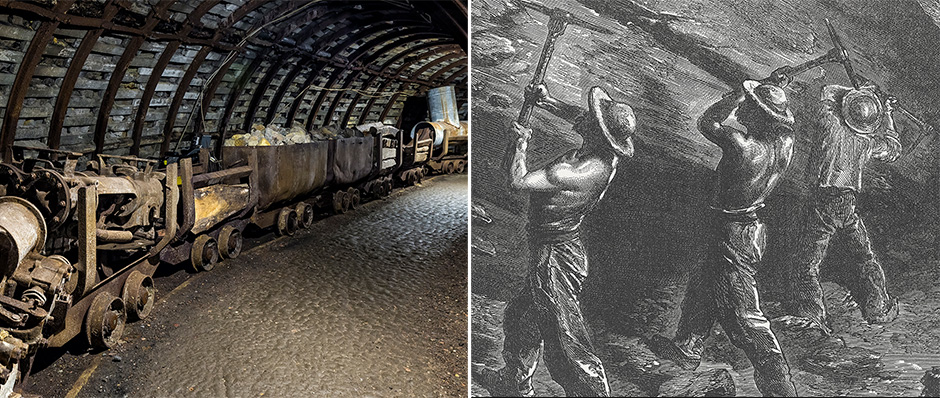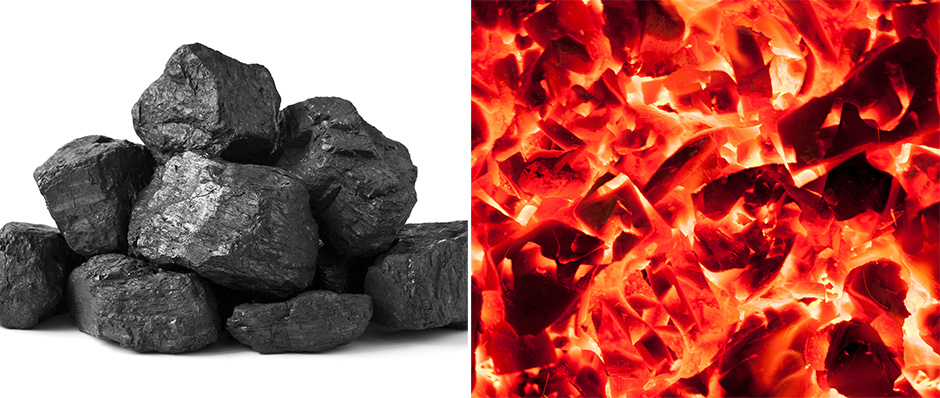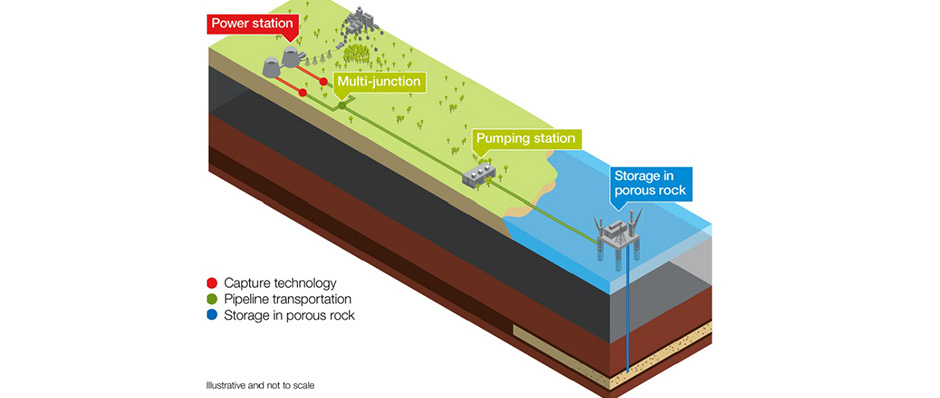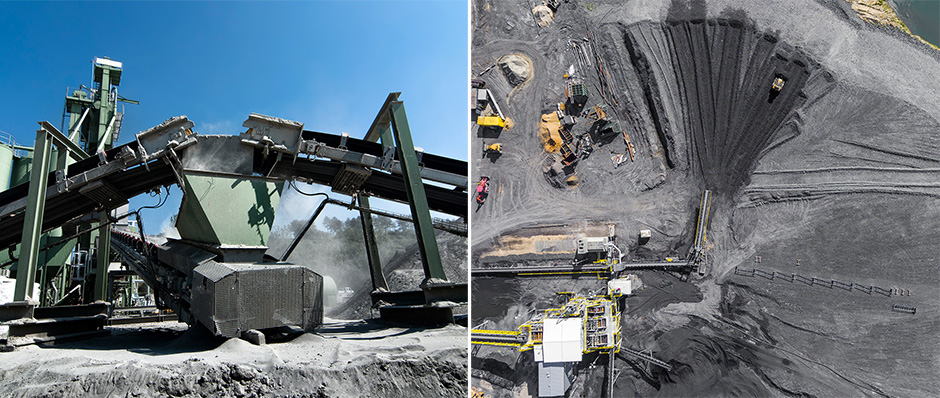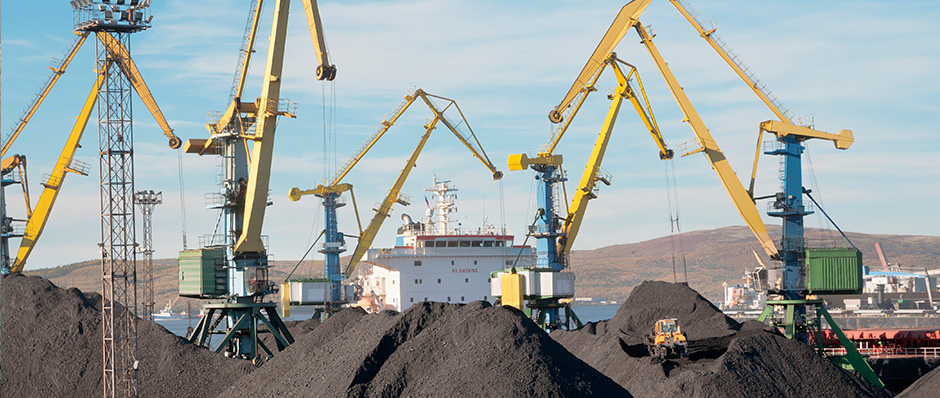Anyone who has studied the Industrial Revolution will remember learning about the rapid rise of coal and its pivotal role in powering newly developed steam engines, machines, and factories back in the late 18th century. Burning coal has since been an incredibly easy and convenient way for people to generate warmth and electricity, benefiting countless communities and countries along the way.
Reputation Challenged
But over the years, coal has seen its global reputation fall precipitously. The fossil fuel has gone from being viewed as one of the most attractive options for ramping up power production to a source of dirty energy contributing to global warming.
When coal is burnt at power plants, it creates many byproducts such as sulfur dioxide, nitrogen oxide, and particulate matter. The greatest source of concern, however, is the carbon dioxide emitted alongside other fumes, as CO2 is well known for its heat-capturing properties and overwhelming presence among greenhouse gases.
A Gradual Shift
Few flat out refute the harmful effects of burning coal. The coal industry itself recognizes the importance of making the black stuff cleaner, and various methods and procedures are already being employed to reduce unwanted side effects.
Washing coal to reduce ash emissions, using filters to cut back on fine dust, and employing low-NOx burners at coal-fired power plants are all well-known practices. There’s also a newer technology called carbon capture and storage, which involves capturing CO2 and injecting it into porous areas underground to make sure it doesn’t leak into the atmosphere.
Coal Still Dominates
These kinds of efforts to clean up coal will remain essential for the time being, as global dependence on the fossil fuel remains high. As the world’s most abundant and widely distributed fossil fuel, its presence is expected to be strong in the years to come.
Coal is currently said to provide 40 percent of global electricity, accounting for up to 55 percent of power production in countries like China, and 20 percent in Europe as of 2016. Not only that, it remains an integral component for other key industries like cement and steel production.
Nearly 200 kilograms of coal is required to produce 1 ton of cement. Producers first take limestone rock, clay, and other raw materials and crush it into smaller rocks. Coal is added to these dry components before being sent into a kiln to create small lumps called clinkers that are later ground into a fine powder to produce cement.
In the steelmaking industry, coal is used to make coke – a vital ingredient that drives off impurities in the blast furnace when transforming iron into steel. Roughly 60 percent of the steel produced globally involves the use of coal, according to the World Coal Association.
Coal Network Crisscrossing the World
What greases the wheels of all these operations is the tight web of global coal trade. An estimated 8 billion tons is produced worldwide and over 1 billion of that is traded via sea, making it the top dry bulk commodity in volume. The tricky task of connecting supply and demand through a complex global network is left to traders like Samsung C&T Trading and Investment Group.
The company launched its coal business in 1978, and by 1995, it had secured 5 million tons in trade volume. It now handles some 6.7 million tons worth of coal sales annually, providing the fossil fuel to an array of businesses worldwide, especially with a current focus on power plant operators. Given the deep integration coal has in various industries and its global network of operation, it would be hard to imagine a seismic shift that would be large enough to overthrow coal’s dominance overnight.
A Healthy Balance
Despite other energy sources making headway in cost effectiveness, coal is forecast to remain responsible for about 40 percent of power generation by around 2040 – a significant slide from its current level of 67 percent but still a formidable position.
But, what remains true is the fact that the coal market has undergone significant changes with the rise of renewable energy. The challenge ahead will be how to strike a healthy balance between the different forms of energy production while keeping the environment and corporate bottom lines in mind.


